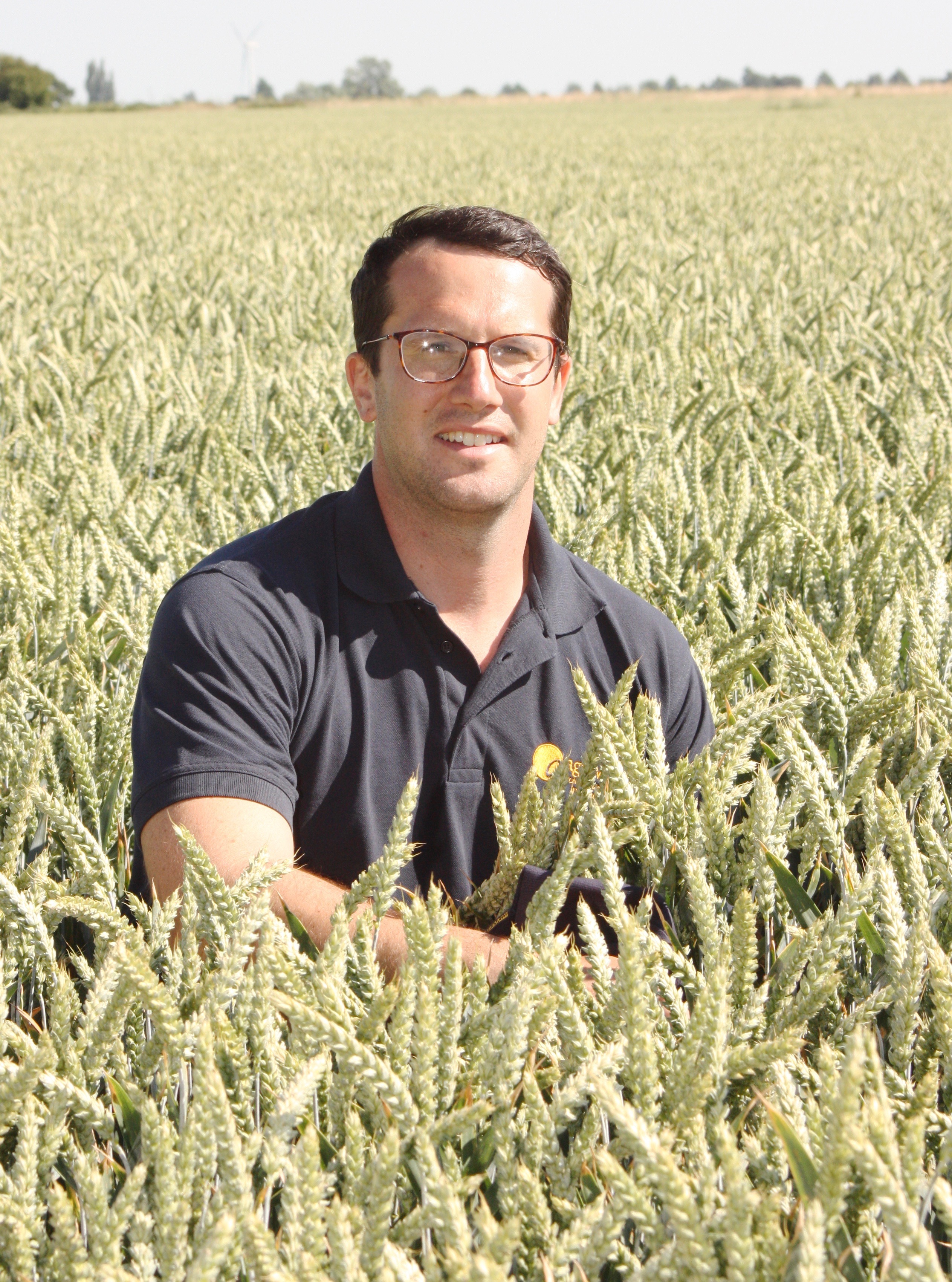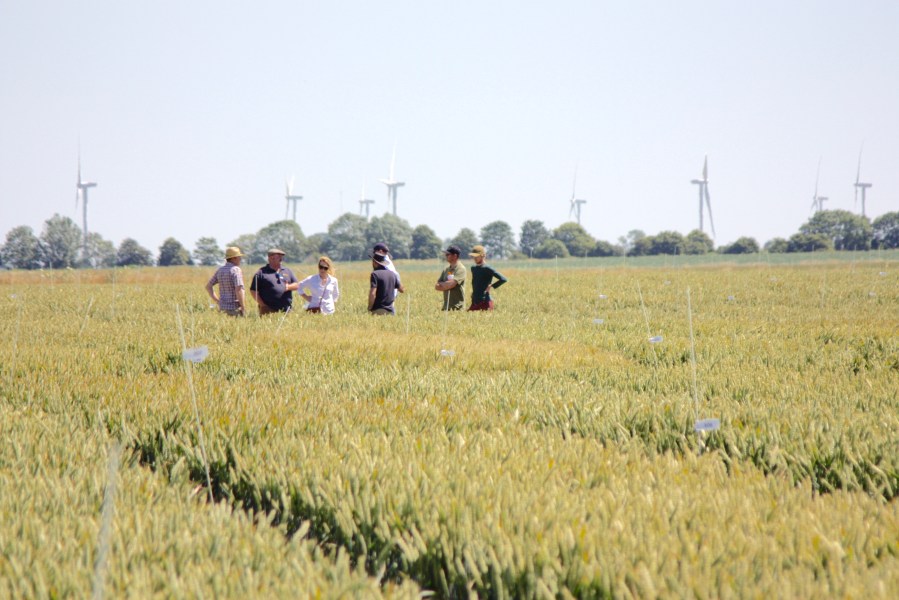Do wheat varieties respond differently to high and low-tillage regimes? If so, what effect might this have on inputs such as fungicides? CPM finds out more.
No one knows, says Norfolk-based Agrovista technical manager Mark Hemmant, but it is an increasingly important question he hopes will be answered in a series of trials being undertaken across several of Agrovista’s regional trial sites over the next few seasons.
Work at the eastern site on the Coldham Estate, near Wisbech, Cambridgeshire is already revealing some striking effects, suggesting there may indeed be differences in how varieties react to different cultivation systems that could influence variety choice and management.
Speaking to farmers from across East Anglia at a recent open day, Mark said: “I believe the wheat variety/cultivation interaction trial is one of the most one interesting and important projects we are undertaking on our regional sites.
“Given the amount of low- and no-till that is now carried out across the country, which is likely to increase if government proposals to encourage it are carried out, we thought it was time to see if there is a difference in the way varieties perform under different cultivation systems.”
Four wheat varieties were sown in large blocks – KWS Siskin, a fast-developer, KWS Barrel, which develops more slowly, RGT Gravity, the highest yielder on the recommended list and gleam, which comes a close second.
Agrovista agronomist and trials site manager Jack Hoyles said: “We wanted to see whether a fast variety might be better than a slow one at establishing, and the two high yielders are likely to be popular so it made sense to include them.”
The varieties were established using either a low-till system, which consisted of a shallow levelling pass with light discs (Amazone Catros) before drilling, or a high-till system that involved a deep (25cm) cultivation (Sumo Trio) followed by two passes with the Catros to create a more traditional seed-bed. In both cases the same Weaving GD drill was used to sow the crop at 300 seeds/sq m on 11 October.
“We saw some differences in uniformity of emergence. though overall the plots looked pretty similar by the end of the autumn,” said Jack.

Jack Hoyles
“Gleam didn’t establish quite so well under the low-till regime, while gravity and siskin perhaps slightly favoured the high till. There was no difference at all with the barrel.”
Differences started to show in the spring, and these persisted for several weeks. “In terms of spring growth, some performed better than others, and Barrel in particular looked completely different under the two regimes,” said Mark.
“This variety was much thicker in the high-till plots and was carrying more disease. siskin looked better in the low-till plots, and appeared to be earlier under the high-till regime and looked well on the way to senescence, hugely different to the barrel.”
These early observations suggest that varieties may well respond differently to various tillage systems, which could make a difference to agronomy decision, such as sowing rates and dates and fungicide programmes.
“It will be fascinating to see the yield differences from year one that may well provide some useful pointers,” said Mark.
“We have a low-input and a high-input fungicide programme overlaid on these trials, and already it seems apparent that varieties established under different cultivation regimes will not necessarily require the same fungicide treatments, or indeed PGRs.
“Of course, the acid test will be yield and cost of production. We need to repeat this work and it is likely to take several seasons to clearly see how much there is in this and how it might influence our agronomy advice.”




